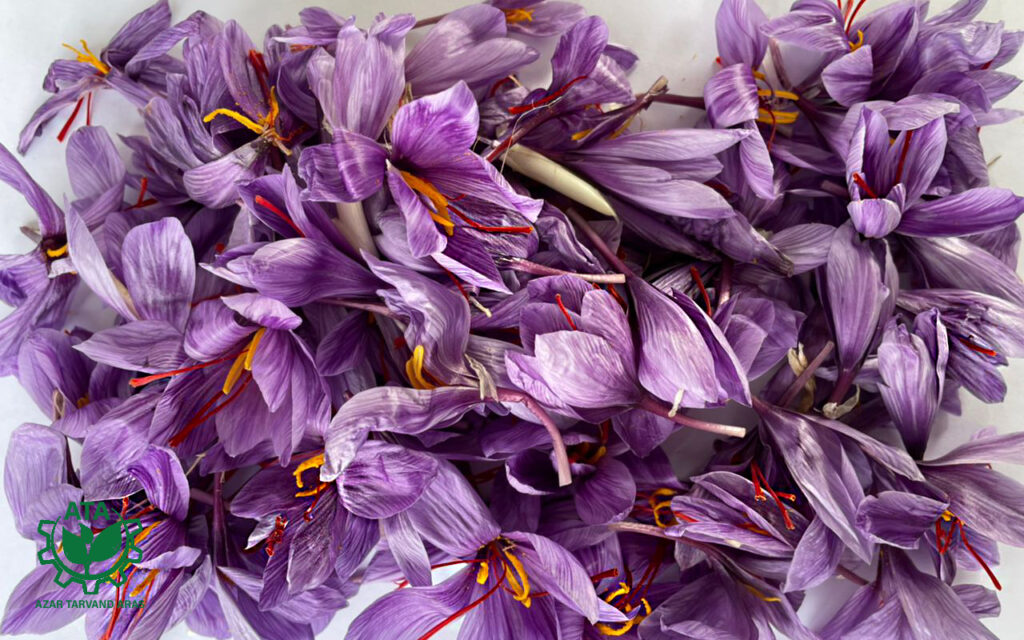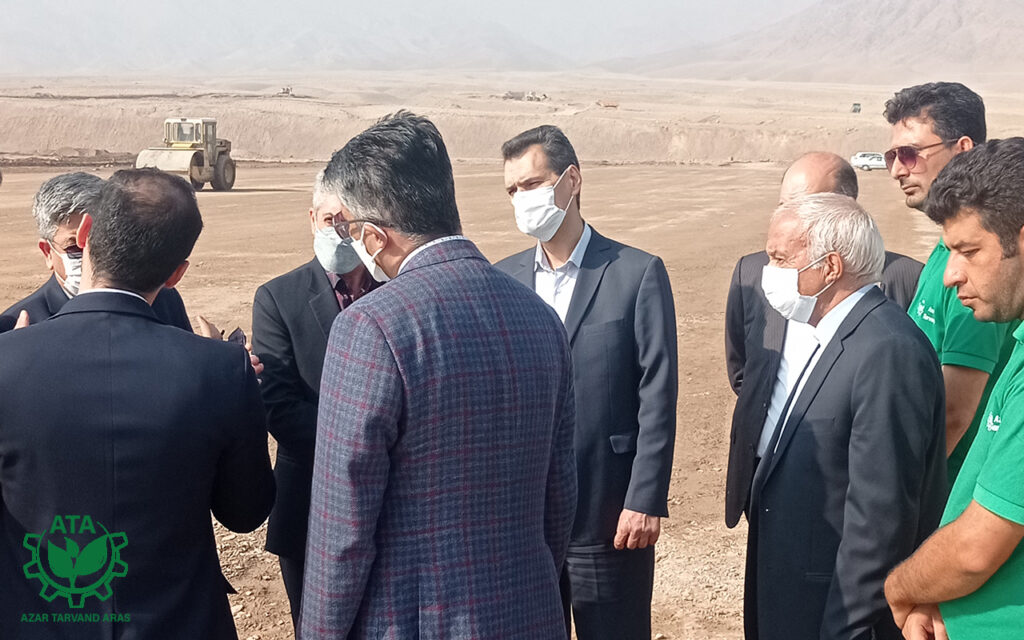Principles of cultivation of greenhouse plants:
Every plant requires special situations due to light intensity, daily temperature, night temperature, relative humidity, and soil moisture to have optimal growth.
For the production and commercial cultivation of high-quality plants throughout the year, proper environmental situations should be controlled along with harmful factors such as wind, destructive storms, cold, and frost, etc., via a building called a greenhouse which is a controlled environment.
Regarding the growing requirement of the market, due to the production of flowers and ornamental plants and in terms of vegetables and summer crops out of season, this approach of production has become one of the most beneficial agricultural sectors today, hence, a lot of first investment. Due to the high investment which is created in this field, the lack of suitable management in constructing the greenhouse, the choice of location, kind of greenhouse, and its coverage will cause a lack of suitable productivity of capital and facilities.
What is the most suitable position for greenhouses?
The greenhouse skeleton creates shadows and varies based on the angle of radiation of these shadows. The requirement to pay attention to this is especially significant in winter production because small changes in the percentage of light reached the plants can play a considerable role in the quantity and quality of production.
The greenhouse position must be such that it receives the maximum value of light. The initial selection for the location of the greenhouse is south or southeast view.
The best light for plants is morning light.
All-day light obtains the best situations for plants. Thus, the light emitted from the east, in the morning, is sufficient for plants. Morning light is most proper because plants are permitted to begin the food production process earlier that results in maximum growth. Hence, the next alternatives are the southwest view and the west view. Because light is received later. The northern façade is the least proper, which is only beneficial for plants that require little light.
What is the optimal air flow in the greenhouse?
Air circulation in the greenhouse is necessary. When a plant is exposed to fresh air flowing outside the greenhouse, fresh air is supplied near the leaves and the plant can return oxygen and apply fresh carbon dioxide. Furthermore, airflow aims to keep the relative humidity low and temperature control in the greenhouse.
Commercial greenhouses depend on all the above needs and even more. In a commercial greenhouse, the major objective is profitability.
To achieve this objective, the greenhouse should be effective due to obtaining the required environmental situations. Greenhouse light and temperature should be strictly controlled. Recently, computers have been highly applied for such controls.
Toxic gases in the greenhouse should be taken seriously.
Toxic gases and dust in the greenhouse can also be a serious issue. These gases involve carbon monoxide, nitrogen oxides, and nitrogen dioxide which may be emitted from heating devices.
What should be done to control the environmental conditions of the greenhouse?
The chemical activities performed in the process of photosynthesis of plants are directly influenced by environmental situations that rely on factors like temperature, light intensity, the presence of water, and nutrients.
Plant respiration varies with ambient temperature. The recommended temperature range for most greenhouse plants, which leads to the highest photosynthetic yield, is from 50 to 85 degrees Fahrenheit. Hence, no matter what the greenhouse is applied for, its environment should be controlled. It is required for the health of greenhouse plants.


